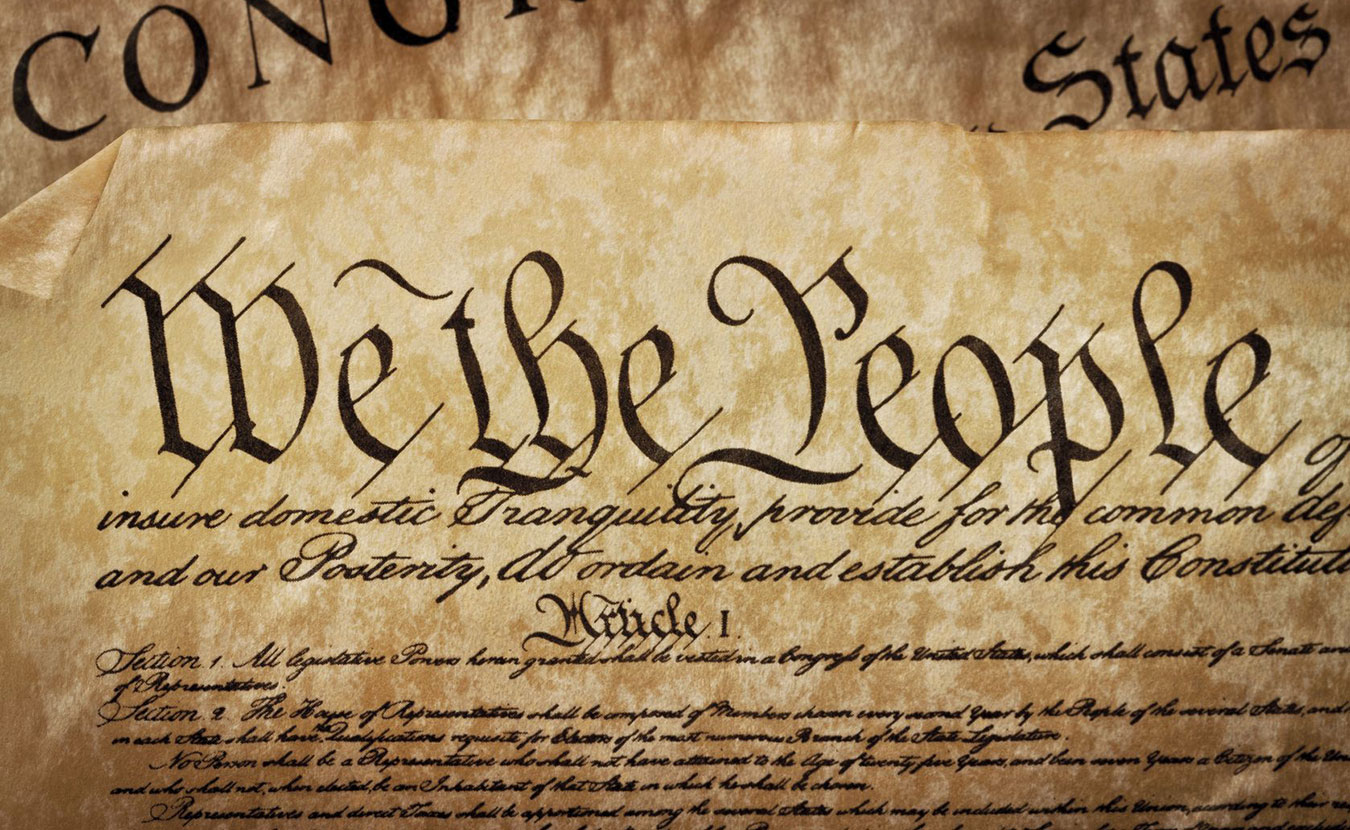[Editor’s message: While this year’s election day on November 7 is pretty quiet in Indiana, midterms are just a year away, and the 2020 presidential election will start soon after (if not before). Some people are working for change now.]
As you may have noticed, two of our last three presidents won their first keys to the White House by less than half of the popular vote, having lost by the hundreds of thousands in the 2000 election and by nearly four million in 2016. What a tough way to learn that it’s not “We the People” but the Electoral College that keeps the keys to our White House.
Who gave us the Electoral College? The same founders who gave us a Senate elected not by popular vote but by state legislators — until the Senate went popular in 1913, by way of the 17th Amendment. It all fits. The founders believed, perhaps with good reason in their day, that the masses could not be trusted to elect the right people to our highest public offices. Is that why they tilted the Electoral College to the less populous states? Is that how they induced the essential small states to ratify the Constitution? There’s probably no smoking gun as to motive. But that is exactly what the founders accomplished when they decreed that each state legislature would appoint to the Electoral College a number of electors “equal to the whole Number of Senators and Representatives to which the state may be entitled in the Congress.”
That decree still stands. And, thanks to the founders’ “Great Compromise,” every state has at least one Representative — more, depending roughly on its population — but every state, large or small, has two Senators. The not-so-great result is that the less populous states have more Electors per capita than the more populous states, so more clout per person in presidential elections.
To see how this works out in practice, consider Wyoming in comparison with California. The 2010 census showed Wyoming, with a population of 563,626, entitled to 3 votes (or one vote for every 187,875 people) in the Electoral College. California, with a population of 37,253,956, was entitled to 55 (or one vote for every 677,345 people). This means that in a presidential election Wyoming would pack nearly four times as much clout per capita as California. How about Indiana, with a population of 6,483,802 and 11 votes (or one vote for every 589,437 people) in the Electoral College? In a presidential election, Wyoming would pack over three times the clout of Indiana.
This small-state bias holds with few exceptions. If we list the states and Washington, D.C., in order of population, and ask how many have a larger share per capita of the Electoral College than their more populous neighbor, the answer is 41 out of 50, or 82 percent. A notable exception is Louisiana, with a smaller share than the more populous South Carolina, Alabama, and Colorado.

Jim Allison and his wife, Tomi, discuss democratic reforms — including the Electoral College — at Inaugurate the Revolution in January 2017 at the Monroe County Public Library. | Limestone Post
The founders’ Electoral College plainly conflicts with a newer, vital part of the Constitution, the equal protection clause of one person-one vote. The Civil War pounded that clause into the 14th Amendment when the founders were long gone and the population much progressed beyond the one they knew.
What’s to be done, if anything?
Residents of the most sparsely populated states may see no reason to change. But they are certainly far outnumbered by residents of more populous states, who may feel ill-treated once they understand their inferior status in the Electoral College and their lesser weight in presidential elections.
What might they do? They could simply evade the Electoral College by persuading their state to cast its Electoral College votes to the national winner of the popular vote. The Constitution leaves such a decision to the state’s legislature, and ten states and Washington, D.C., have already decided to do just that. Alternatively, they could persuade the state to challenge the Electoral College on constitutional grounds, arguing that it violates the equal protection clause — which should outweigh the Electoral College as the more recent part of the Constitution.
The founders gave us the 3/5 Compromise, which counted slaves as 3/5 of a person for purposes of determining how many members of Congress each state got, and, in effect, gave slave states disproportionate representation in Congress; they also gave us the Electoral College, which gives disproportionate power to smaller, more rural states — not for Congress but for the highest office in the land. We got rid of the 3/5 Compromise (not to mention slavery), why not the Electoral College?
Isn’t it time to bid farewell to this bit of our past? To give all residents a more nearly equal say in who gets the keys to our White House?


